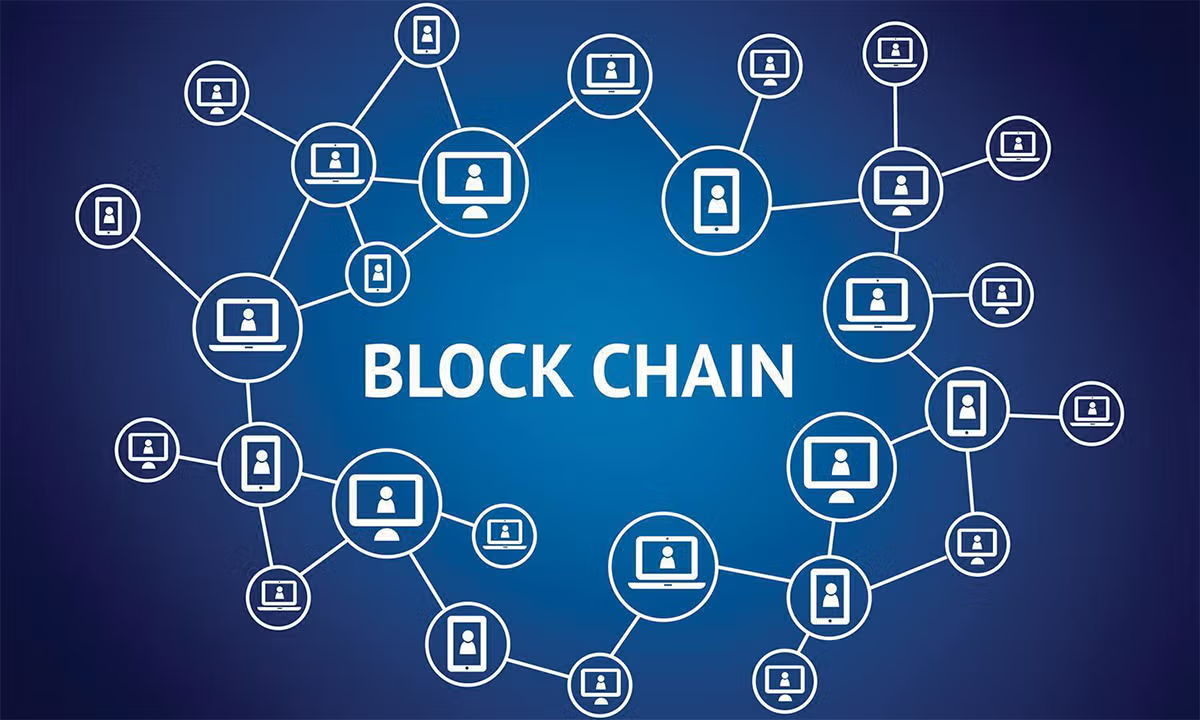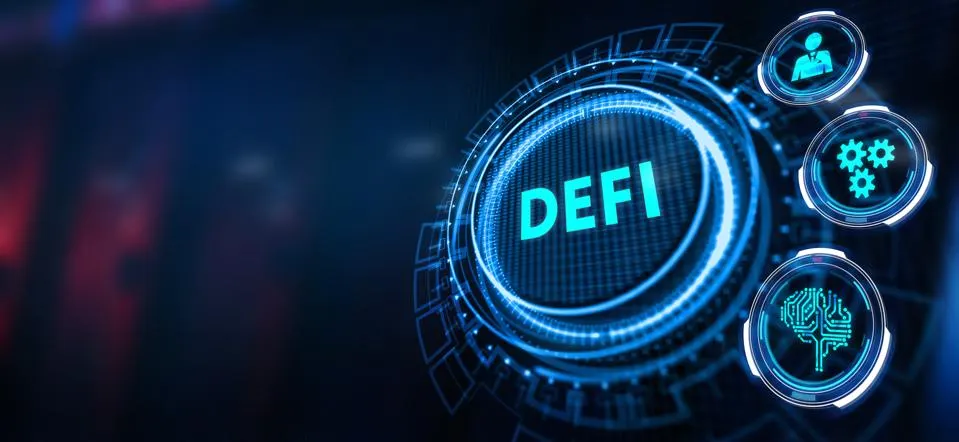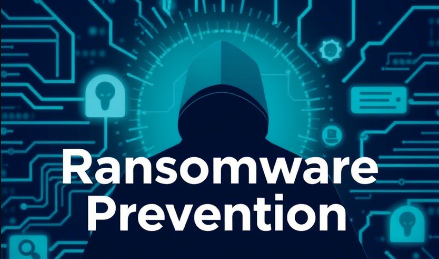Blockchain Technology
The Transformative Power of Blockchain in Cryptocurrency
 Quest Lab Team
Quest Lab Team
Blockchain technology is the backborn of cryptocurrency, all cryptocurrency rely on blockchain technology, in this article we are going to talk about more about blockchain. we will try to make you understand what is blockchain, its uses and how it works
The Problem Blockchain Solves
Conventional systems for managing transactions and data are often centralized, prone to tampering, and lack transparency. This creates challenges such as high operational costs, delayed processing times, and the potential for fraud. Blockchain's decentralized structure eliminates intermediaries, offering a more efficient, secure, and transparent alternative.
Understanding Blockchain Technology
A blockchain is essentially a decentralized ledger of records maintained across multiple nodes in a network. Each block contains data—such as a cryptocurrency transaction—that is cryptographically secured and linked to the previous block. This ensures immutability and transparency, as no single entity can alter the data without network consensus.

At its core, blockchain leverages cryptographic hashing to ensure data integrity. The 'Genesis Block' serves as the foundation, with subsequent blocks forming a chronological chain. This structure supports various use cases, from tracking digital currencies like Bitcoin to securing supply chains.
Applications of Blockchain in Cryptocurrency
Blockchain revolutionized the financial landscape by introducing cryptocurrencies such as Bitcoin and Ethereum. These digital currencies operate without the need for centralized banks, enabling peer-to-peer transactions that are faster and less costly.
Key Features of Blockchain in Cryptocurrency
Blockchain provides unique advantages to the cryptocurrency ecosystem:
- Decentralization ensures no single point of failure.
- Immutability guarantees transaction history cannot be altered.
- Transparency fosters trust among participants.
Beyond cryptocurrencies, blockchain's applications extend to decentralized finance (DeFi), enabling services like lending, borrowing, and asset trading without intermediaries.
Broader Applications of Blockchain Technology
- Financial Services: Blockchain streamlines cross-border payments, trade finance, and securities trading.
- Healthcare: Secures electronic medical records and ensures the integrity of medical billing.
- Supply Chain: Tracks the provenance of goods, enhancing transparency and reducing fraud.
- Public Sector: Governments explore blockchain for land registries and voting systems.
- Energy: Facilitates smart grids where surplus energy is traded as digital assets.
Limitations and Challenges
While blockchain holds immense potential, it faces challenges such as scalability, energy consumption, and regulatory uncertainty. For instance, the energy-intensive nature of proof-of-work consensus mechanisms has sparked debates about environmental impact.
"Blockchain will not replace traditional auditing but can complement it by enhancing data integrity."
Despite these challenges, ongoing research and innovations like proof-of-stake and sharding aim to address these issues, paving the way for broader adoption.
The Role of Blockchain in Auditing and Professional Services
Blockchain technology presents unique opportunities for the auditing profession. As businesses adopt blockchain to streamline operations, CPA auditors must evolve to meet the changing technological landscape. Auditors need to understand the basics of blockchain to assess its implications on financial systems and identify technical risks. This requires collaboration with blockchain experts to effectively evaluate potential vulnerabilities and ensure system integrity.
Moreover, blockchain's transparent and immutable nature can be leveraged to enhance data accuracy during audits. For instance, auditors can automate certain routines, reducing manual errors and increasing efficiency. The adoption of blockchain by clients also enables real-time data analysis, fostering a proactive rather than reactive auditing approach.
Core Features of Blockchain Technology
To fully grasp blockchain’s transformative potential, one must understand its fundamental characteristics. These traits, while not universal across all blockchains, form the basis for their widespread adoption and application.
- Privacy: Blockchain encrypts transactions, ensuring no personal data is directly stored, thus safeguarding user confidentiality.
- Transparency: Every node in the network has access to transaction metadata, ensuring an open ledger while maintaining security.
- Pseudo-anonymity: While users remain unnamed, their activities can be traced under specific conditions, balancing privacy and accountability.
- Integrity: Immutability ensures that once recorded, transactions cannot be altered, preserving data authenticity.
- Security: Advanced cryptographic techniques and key management provide robust protection against unauthorized access.
- Distributed Trust: The absence of a central authority means trust is decentralized, fostering collaboration across the network.
- Open Source: Blockchain technology is accessible for development and enhancement, encouraging innovation and rapid evolution.
Addressing Blockchain's Challenges
Despite its advantages, blockchain faces hurdles that could impede its mass adoption. Scalability remains a significant issue, with networks like Bitcoin struggling to process large volumes of transactions efficiently. Similarly, the environmental impact of proof-of-work consensus mechanisms raises sustainability concerns.
Another critical challenge is usability. Blockchain systems often require users to manage complex cryptographic keys. While wallet solutions have improved, they remain susceptible to loss or theft. Educating users and developing secure, user-friendly interfaces are paramount for wider adoption.
Future Outlook and Innovations
The blockchain ecosystem is actively addressing its limitations. Emerging technologies like proof-of-stake and sharding aim to enhance scalability while reducing energy consumption. Similarly, advancements in cryptography, such as zero-knowledge proofs, promise to improve privacy without sacrificing transparency.
Furthermore, collaborative governance models are being explored to democratize decision-making within blockchain networks. These innovations, coupled with an open-source ethos, ensure that blockchain technology will continue to evolve, adapting to meet global needs.
Blockchain in Action: Real-World Use Cases
Blockchain technology is no longer theoretical; it has found tangible applications across diverse industries. In the financial sector, companies like JPMorgan Chase have introduced blockchain platforms such as Quorum to enhance transaction security and efficiency. Similarly, Visa has launched blockchain-powered cross-border payment solutions like Visa B2B Connect to streamline global transactions.
In healthcare, IBM’s blockchain-based platform is used to verify drug authenticity, improving transparency in pharmaceutical supply chains. The technology is also being leveraged to manage patient records securely, as demonstrated by startups like MedRec.
Government and Public Sector Support for Blockchain
Governments around the world are increasingly supporting blockchain initiatives. For example, the United Arab Emirates has launched the Dubai Blockchain Strategy to digitize all government documents by 2025. Estonia has also integrated blockchain into its e-residency program, enabling secure online services for its citizens and residents.
The European Union has established the European Blockchain Partnership to foster cross-border cooperation on blockchain technology. The U.S. Department of Homeland Security has funded blockchain research to secure digital identity and combat fraud.
Industries Transforming Through Blockchain
- Retail: Walmart uses blockchain to trace food products from farm to store shelves, enhancing supply chain transparency and reducing waste.
- Energy: Projects like Power Ledger allow users to trade surplus solar energy directly with peers using blockchain, decentralizing energy distribution.
- Entertainment: Platforms like Audius use blockchain to allow artists to distribute music directly to fans, bypassing intermediaries and ensuring fair compensation.
- Real Estate: Blockchain simplifies property transactions by digitizing contracts and reducing reliance on intermediaries, as seen in projects like Propy.
Noteworthy Blockchain Events
One of the most significant blockchain-related events was the Ethereum Merge in 2022, transitioning the Ethereum network from proof-of-work to proof-of-stake. This move reduced Ethereum's energy consumption by approximately 99.95%, addressing longstanding environmental concerns.
Another landmark was the adoption of Bitcoin as legal tender by El Salvador in 2021, making it the first country to do so. This decision has sparked debates globally, with supporters citing financial inclusion and critics pointing to economic risks.
Advocates and Key Supporters of Blockchain
Prominent figures and organizations have championed blockchain technology. Elon Musk has frequently highlighted blockchain's potential, especially in decentralized finance and digital identity. Companies like Microsoft and IBM are actively investing in blockchain development, offering enterprise solutions to streamline business processes.
In the nonprofit sector, the World Economic Forum has emphasized blockchain's role in achieving the United Nations Sustainable Development Goals, citing its ability to improve transparency and accountability in humanitarian aid distribution.

Quest Lab Writer Team
This article was made live by Quest Lab Team of writers and expertise in field of searching and exploring
rich technological content on Cryptocurrency and its future with its impact on the modern world




